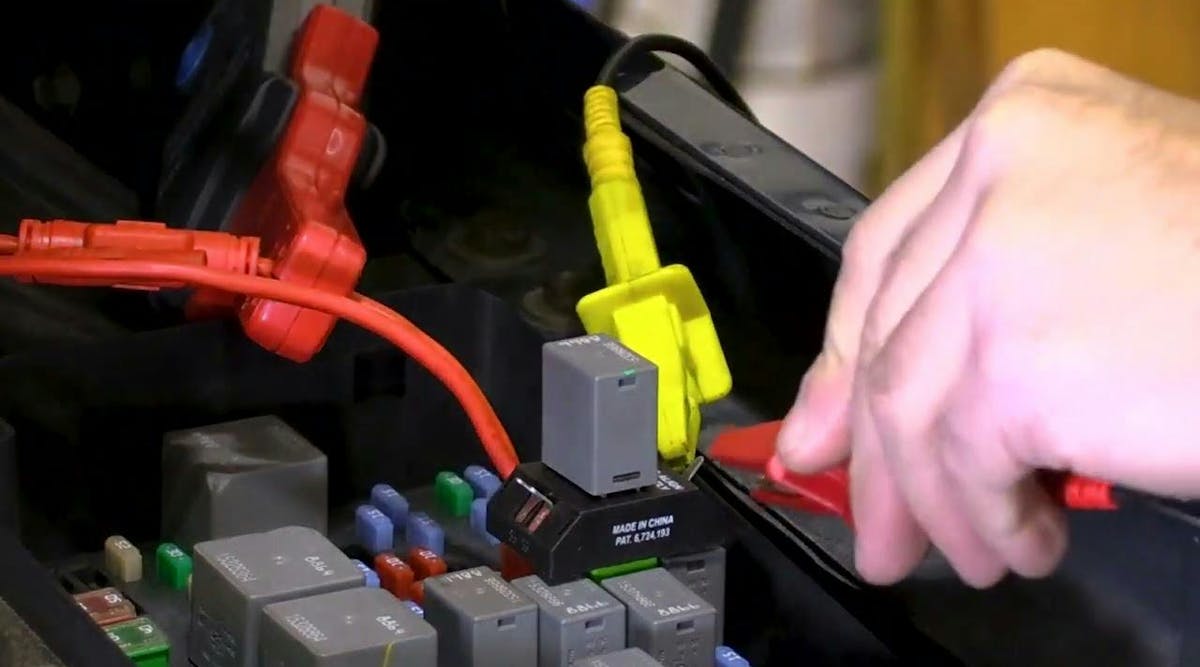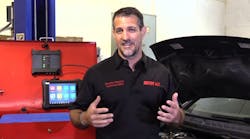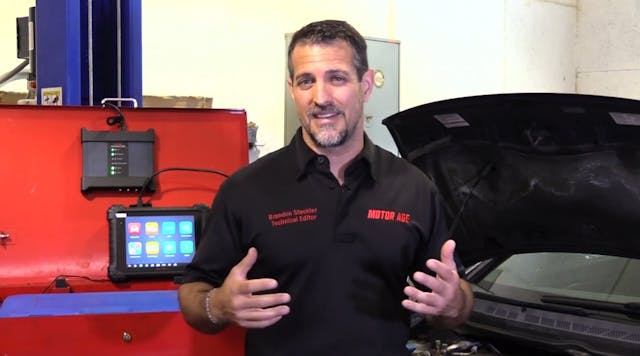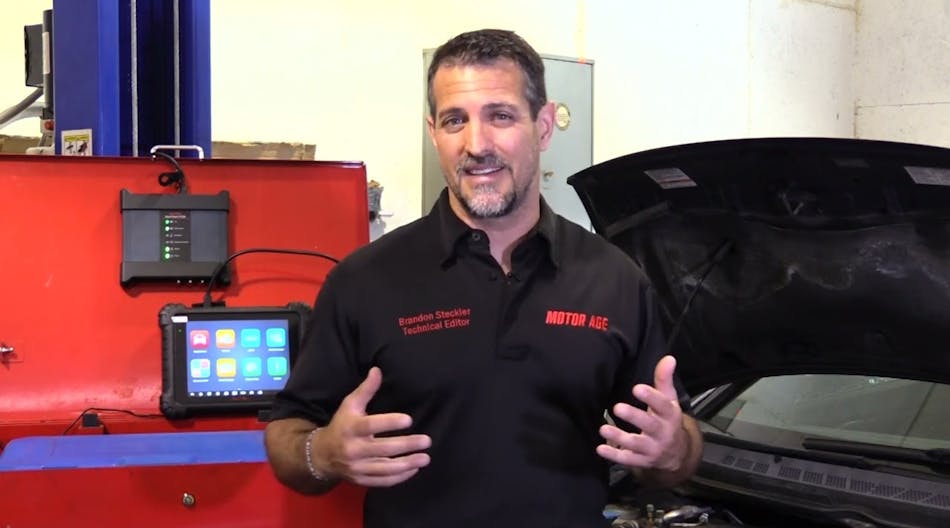The electric car is not new. It was first introduced in the late 1800s and was one of the first means of propulsion used by the early automobile. In fact, 40% of the vehicles on the road in the early 1900s were electric! And I’m sure that you are aware that today’s hybrids and electric vehicles use an electric motor just as the early EVs did. But do you know what kind of motor it uses?
Yes, there are different types and that’s the subject for this edition of The Trainer!
All electric motors work by mounting one set of magnets or electromagnets to a shaft and another set to a housing surrounding that shaft. By periodically reversing the polarity (swapping the north and south poles) of one set of electromagnets, the motor leverages these attracting and repelling forces to rotate the shaft, thereby converting electricity into torque and ultimately turning the wheels. Conversely—as in the case of regenerative braking—these magnetic/electromagnetic forces can transform motion back into electricity.
The difference is in how we make all this happen.
As technicians, you probably know that there are two basic types of electric motors – DC or AC. A common example of a DC motor you’re used to is the brush-type fuel pump. An alternator is an example of an AC motor design you deal with routinely.
Let’s start with the differences between DC and AC first. Both are related to current direction. DC stands for Direct Current, meaning the current flow is in a constant direction. AC stands for Alternating Current, meaning that the current periodically shifts direction. How often it shifts is referred to as its frequency.
Now, wait a minute. Didn’t we just say that we had to periodically reverse the polarity of the electromagnets in the motor to cause the motor to rotate? How do we do that with DC?
DC current from the battery is delivered to the rotor windings via spring-loaded "brushes" of carbon or lead that energize spinning contacts connected to wire windings. Every few degrees of rotation, the brushes energize a new set of contacts, also referred to as the commutator, continually reversing the polarity of the electromagnet on the rotor as the motor shaft turns. The housing surrounding the rotor's electromagnetic windings typically features permanent magnets, but there are some designs that use electromagnetic stators. This type of DC motor design is fine for fuel pumps but is not used for powering EVs. Efficiency and high maintenance due to the wear of the brushes and arcing to the commutator segments make them a poor choice.
What about DC brushless motors, like those used in some newer fuel pumps? The brushes are eliminated by moving the permanent magnets to the rotor, placing the electromagnets on the stator (housing), and using an external motor controller to alternately switch the various field windings from plus to minus, thereby generating the rotating magnetic field. The advantages are a long lifespan, low maintenance, and high efficiency. Disadvantages are higher initial cost and more complicated motor speed controllers that typically require three Hall-effect sensors to get the stator-winding current phased correctly.
A variation of the BLDC design is the PWSM, or Permanent Magnet Synchronous Motor (PMSM). The Chevy Bolt and Tesla Model 3 use this type of motor design. Physically, the BLDC and PMSM motors look nearly identical. Both feature permanent magnets on the rotor and field windings in the stator. The key difference is that instead of using DC current and switching various windings on and off periodically to spin the permanent magnets, the PMSM functions on continuous AC current. This means it suffers no torque ripple and needs only one Hall-effect sensor to determine rotor speed and position, so it's more efficient and quieter.
The word "synchronous" indicates the rotor spins at the same speed as the magnetic field in the windings. Its big advantages are its power density and strong starting torque. The main disadvantage of any motor with spinning permanent magnets is that it creates "back electromotive force" (EMF) when not powered at speed, which causes drag and heat that can demagnetize the motor. This motor has become the motor design of choice in most of today's battery-electric and hybrid vehicles.
Another design in use is the AC Induction motor. For this motor, we toss out the permanent magnets on the rotor (and their increasingly scarce rare earth materials) and keep the AC current flowing through stator windings as in the PMSM motor. Standing in for the magnets is a concept Nikola Tesla patented in 1888 - as AC current flows through various windings in the stator, the windings generate a rotating field of magnetic flux. As these magnetic lines pass through perpendicular windings on a rotor, they induce an electric current. This then generates another magnetic force that induces the rotor to turn. Because this force is only induced when the magnetic field lines cross the rotor windings, the rotor will experience no torque or force if it rotates at the same (synchronous) speed as the rotating magnetic field.
This is referred to as an asynchronous motor. Rotor speed is controlled by varying the alternating current's frequency. At light loads, the inverter controlling the motor can reduce voltage to reduce magnetic losses and improve efficiency. The GM EV1 of the mid-1990s and most Teslas have employed AC Induction motors.
Next on the list is the reluctance motor. Think of "reluctance" as magnetic resistance: the degree to which an object opposes magnetic flux. A reluctance motor's stator features multiple electromagnet poles—concentrated windings that form highly localized north or south poles. In a switched reluctance motor (SRM), the rotor is made of soft magnetic material such as laminated silicon steel, with multiple projections designed to interact with the stator's poles. The various electromagnet poles are turned on and off in much the same way the field windings in a BLDC motor are. Using an unequal number of stator and rotor poles ensures some poles are aligned (for minimum reluctance), while others are directly in between opposite poles (maximum reluctance). Switching the stator polarity then pulls the rotor around at an asynchronous speed.
A synchronous reluctance motor (SynRM) doesn't rely on this imbalance in the rotor and stator poles. Rather, SynRM motors feature a more distributed winding fed with an AC current as in a PMSM design, with speed regulated by a variable-frequency drive, and an elaborately shaped rotor with voids shaped like magnetic flux lines to optimize reluctance.
Toyota introduced an internal permanent-magnet synchronous reluctance motor (IPM SynRM) on the Prius, and Tesla now pairs one such motor with an AC induction motor on its Dual Motor models. Tesla also uses IPM SynRM as the single motor for its rear-drive models.
Just like our knowledge of various engine designs help us better diagnose and repair problems when they occur today on an internal combustion engine, understanding the differences in EV motor design will help you prepare for the challenges of the EV era to come.
Visit our sponsor at www.Autel.com!
























